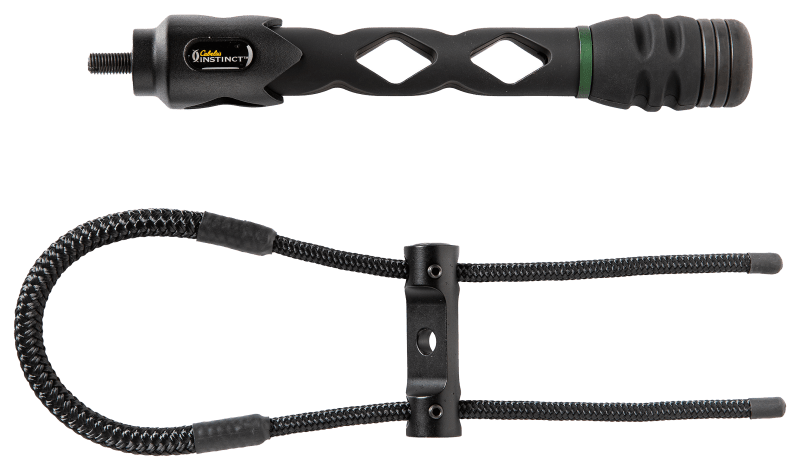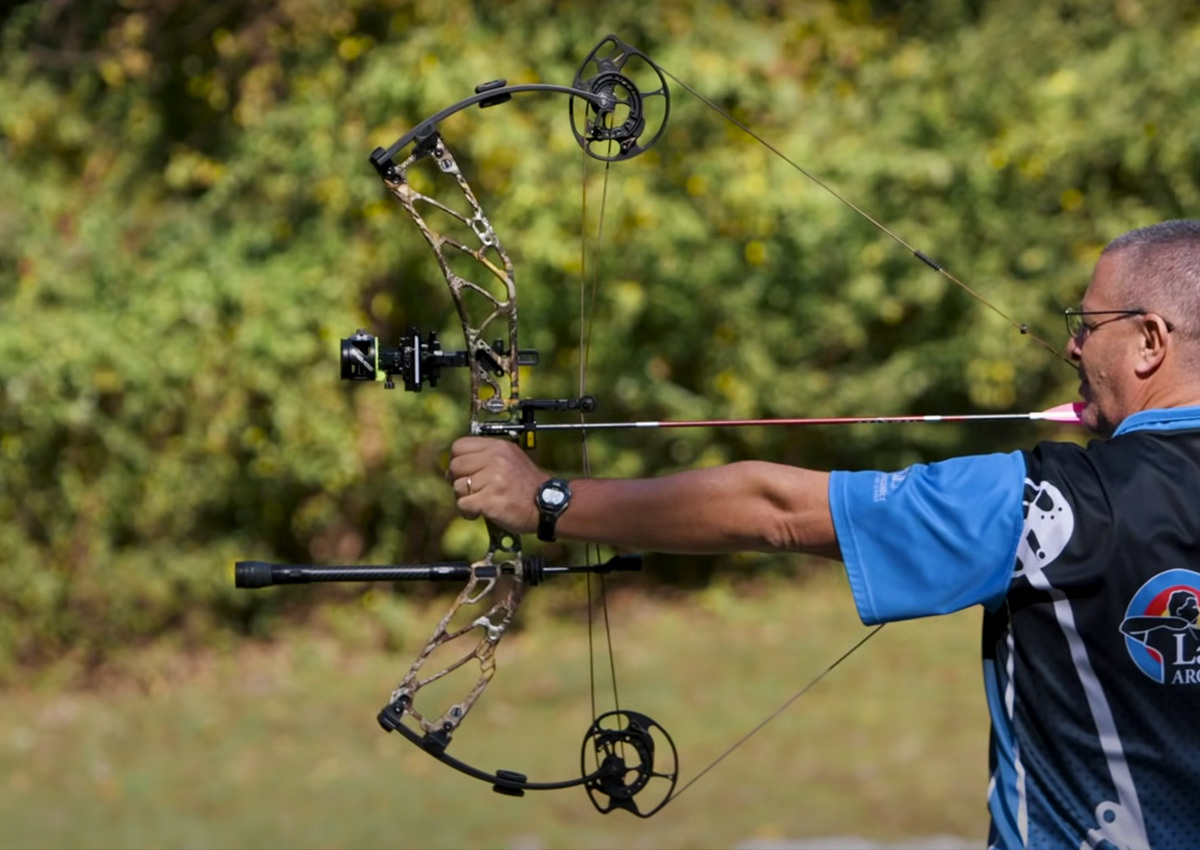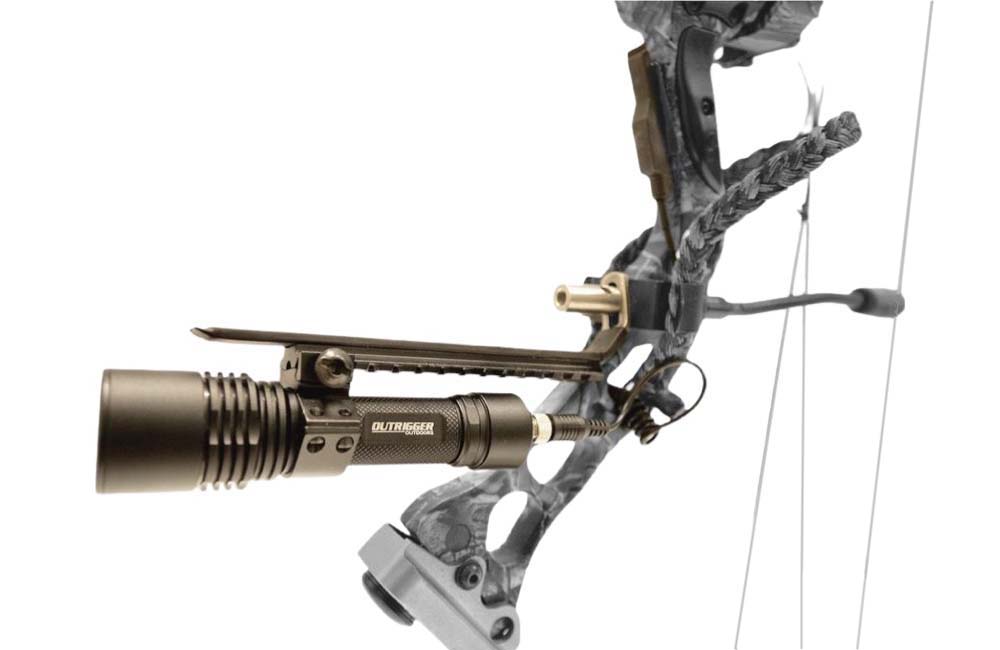Master the Art of Archery: Recognizing the Value of a Stabilizer in Your Configuration
Archery, an old sporting activity that requires skill, emphasis, and accuracy, has actually mesmerized people for centuries. Whether one is an experienced archer or just beginning their trip, the importance of a stabilizer in their setup can not be overemphasized. This important piece of equipment plays a considerable function in enhancing precision and improving general efficiency. By comprehending the advantages of using a stabilizer, taking into consideration the best variables when selecting one, and properly installing and changing it, archers can elevate their abilities to new elevations. So, let us check out the intricacies of mastering the art of archery and reveal the very useful role that a stabilizer plays in achieving success on the range.
The Role of a Stabilizer in Archery
A stabilizer plays an essential duty in archery by improving balance and reducing vibrations throughout the shot. A stabilizer helps to neutralize these resonances by dissipating the energy and soaking up (archery stabilizer).
One of the primary benefits of a stabilizer is its capacity to enhance balance. The weight of the stabilizer aids to distribute the weight evenly, decreasing the pressure on the archer's arm and enhancing stability.
Along with equilibrium, a stabilizer likewise helps to reduce torque. When an archer releases the bowstring, there is a natural tendency for the acquiesce turn in the hand. This turning, referred to as torque, can create the arrow to veer off-course. The weight and layout of a stabilizer combat this rotation, making certain a more regular and exact shot.
Advantages of Making Use Of a Stabilizer
The application of a stabilizer in archery provides various benefits that boost an archer's efficiency and general capturing experience. A stabilizer assists to lessen the vibrations created upon release of the arrow. These resonances can cause the acquiesce torque or twist, leading to imprecise shots. By absorbing and dampening these resonances, the stabilizer improves the stability of the bow, permitting for more specific and regular shots.
Secondly, a stabilizer assists to stabilize the bow by adding weight to the front end. This weight circulation neutralizes the natural propensity of the bow to tip forward upon release, reducing the quantity of activity and improving the archer's capacity to preserve goal on target.

Last but not least, a stabilizer can likewise work as a shock absorber, lowering the shock and recoil experienced upon release. This not just improves the convenience of shooting yet likewise reduces the risk of injury or stress on the archer's body.
Just How a Stabilizer Boosts Precision
Enhancing the precision of an archer's shots, a stabilizer plays an important function in boosting total efficiency. archery stabilizer. By adding stability to the bow, a stabilizer helps minimize the unwanted activity and resonance that can take place during a shot. This decrease in activity allows the archer to index keep a consistent objective, resulting in more exact and constant shots

Additionally, a stabilizer aids to wet resonances that happen upon launch. These vibrations can cause the acquiesce shake, affecting the arrowhead's trajectory why not try here and precision. By absorbing and dissipating these vibrations, a stabilizer aids to keep the bow's stability and make certain a smooth and exact shot.
Moreover, a stabilizer can also help in stabilizing the weight circulation of the bow (archery stabilizer). By adding weight to the front of the bow, a stabilizer assists to balance the weight of devices, such as quivers or sights, which might be connected to the bow. This balanced weight distribution helps the archer keep a regulated and steady shooting placement, resulting in enhanced precision
Variables to Think About When Choosing a Stabilizer
When selecting a stabilizer for your bow, it is crucial to consider a number of variables that will add to its overall effectiveness and suitability for your private capturing style. The first factor to think about is the size of the stabilizer.
Another factor to take into consideration is the weight of the stabilizer. The weight of the stabilizer can influence the equilibrium of your you can look here bow.
In addition, it is very important to take into consideration the style and construction of the stabilizer. Some stabilizers have flexible functions, such as flexible length or adjustable weights, which enable you to tailor the stabilizer to your details needs. The materials made use of in the construction of the stabilizer can likewise influence its performance. Carbon fiber stabilizers are sturdy and light-weight, while light weight aluminum stabilizers supply a balance in between weight and rigidity.
Various stabilizers may function better for specific shooting styles, such as target capturing or hunting. It is suggested to seek advice from with skilled archers or experts to identify which stabilizer will certainly ideal match your private requirements.
Tips for Appropriately Setting Up and Adjusting a Stabilizer
Correct setup and modification of a stabilizer is critical for enhancing its performance and making certain optimal shooting precision. When setting up a stabilizer, it is important to comply with a few key actions to ensure its effectiveness. Identify the suitable length of the stabilizer based on your capturing design and choices. Longer stabilizers give more stability however can be much less manoeuvrable, while much shorter stabilizers offer raised ability to move but might sacrifice stability. Connect the stabilizer to the bow utilizing the supplied installing hardware once you have actually picked the suitable length. Ensure that the stabilizer is securely fastened and straightened with the bow's riser.
After mounting the stabilizer, it is needed to make modifications to achieve the wanted equilibrium and shot consistency. Begin by readjusting the weight circulation along the stabilizer. In addition, think about readjusting the angle of the stabilizer to fine-tune the shot.

Verdict
In verdict, a stabilizer plays an important function in archery by boosting accuracy and decreasing bow torque. When selecting a stabilizer, variables such as weight, material, and length must be taken into consideration to satisfy specific requirements.
In addition, a stabilizer can likewise help in balancing the weight circulation of the bow. By adding weight to the front of the bow, a stabilizer aids to balance the weight of devices, such as quivers or views, which might be connected to the bow. Some stabilizers have adjustable functions, such as flexible size or adjustable weights, which allow you to customize the stabilizer to your certain needs. Carbon fiber stabilizers are lightweight and resilient, while light weight aluminum stabilizers provide an equilibrium between weight and rigidity.
Longer stabilizers give more security but can be much less manoeuvrable, while much shorter stabilizers use increased maneuverability yet might sacrifice security.